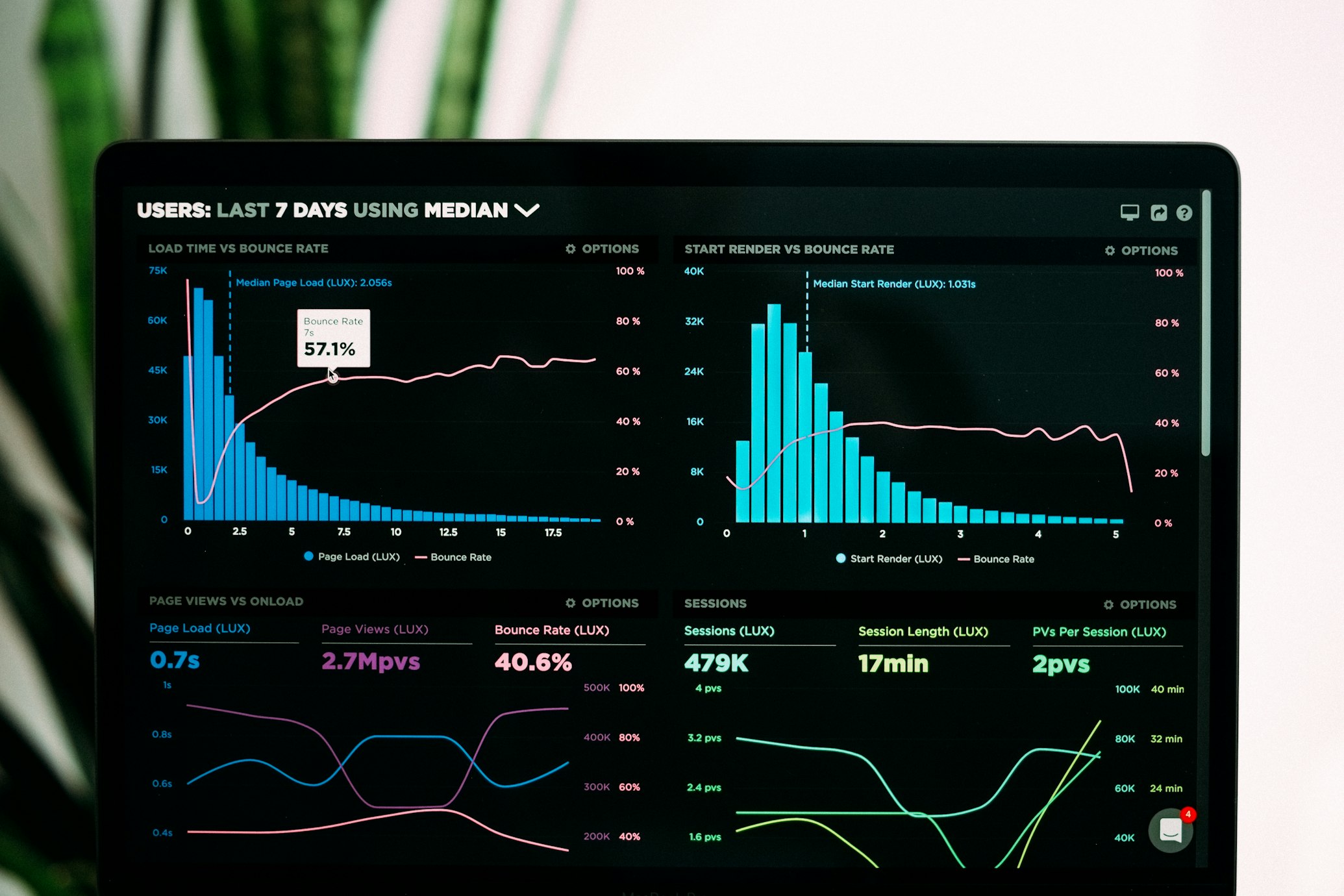The Invisible River
How Wearable Microfluidics is Decoding the Secrets of Your Sweat
Sweat has long been dismissed as simple biological coolant, but beneath its salty surface flows a river of vital health information. Imagine if your workout band could not only count calories but detect dehydration before you feel thirsty, spot electrolyte imbalances before cramps strike, or even monitor glucose levels without a single pinprick.
Did You Know?
The average person has between 2-4 million sweat glands, producing up to 10 liters of sweat per day in extreme conditions.
This isn't science fiction—it's the revolutionary world of wearable microfluidic sweat sensors. By merging hair-thin fluid channels with advanced biosensing technology, scientists have created skin-adhesive patches that collect and analyze sweat in real-time, transforming this overlooked fluid into a powerful diagnostic tool 1 6 .
Decoding the Drops: The Science of Sweat
The Biomarker Bounty
Your sweat is a complex biochemical cocktail containing:
Key Biomarkers in Sweat
| Biomarker | Concentration Range | Health Significance | Detection Challenge |
|---|---|---|---|
| Sodium (Na⁺) | 10–100 mM | Hydration status, electrolyte balance | High baseline variability |
| Glucose | 10–200 μM | Diabetes management | Low concentration, blood-sweat lag |
| Lactate | 5–40 mM | Muscle fatigue, anaerobic threshold | Sweat rate dependence |
| Cortisol | 10–140 ng/mL | Stress response | Ultralow concentration (nM) |
| pH | 4.0–7.0 | Skin health, metabolic state | Dynamic during exercise |
The Sweat Rate Paradox
Here's the twist: sweat composition changes dramatically with sweat rate. As sweat production increases:
Sodium Rises
Due to reduced reabsorption time
Metabolites Dilute
Like lactate may become less concentrated
pH Changes
Becomes more acidic with increased sweating
This variability means measuring sweat flow isn't optional—it's essential. Studies show that up to 77.8% of measurement variability can be corrected by normalizing against sweat rate 1 . Without this critical adjustment, data from wearable sensors could be dangerously misleading.
Inside the Lab: Building a Sweat-Sensing Revolution
Microfluidics: The Invisible Plumbing
At the heart of these devices lie microfluidic channels—hair-thin labyrinths etched or printed onto flexible polymers like PDMS (polydimethylsiloxane). These channels act as "biofluid highways" with brilliant design features:
Hydrophilic Surfaces
Treated with surfactants to "suck in" sweat via capillary action without pumps 9
Tesla Valves
Diode-like structures that prevent backflow, ensuring forward movement even during body movement 2
Evaporation Pumps
Strategic openings that create passive fluid drive by controlled evaporation 1
Sensing the Invisible: Electrochemical vs. Colorimetric
Once sweat is channeled, sensors spring into action:
Electrochemical Sensors
The dominant technology, using enzyme-coated electrodes (e.g., glucose oxidase for glucose). When analytes react, electrons generate currents proportional to concentration. These offer real-time tracking but face interference from pH or ionic changes 3 7 .
- Real-time monitoring
- High sensitivity
- Susceptible to interference
Recent Breakthroughs
Experiment Spotlight: The Sweat-Capturing Wristband That Changed the Game
Methodology: Precision Engineering
In 2024, a team led by Yingda Yin unveiled an integrated microfluidic wristband that became the new gold standard. Their approach combined four innovations 2 :
- Channel Optimization: Using COMSOL simulations, they modeled how channel width (50–200 μm) affects flow at sweat's ultra-low rates (1–20 nL/min/gland).
- Screen-Printed Sensors: Mass-producible electrodes were printed with ion-selective membranes (Na⁺, K⁺) and enzyme layers (glucose oxidase).
- Artificial Sweat Validation: A custom "sweating skin simulator" calibrated collection efficiency before human trials.
- Real-World Testing: Athletes wore the device during cycling tests while blood draws provided validation data.

Experimental microfluidic sweat sensor being tested on an athlete 2
Results & Impact: Beyond the Lab
The outcomes were striking:
0.79 μL/min
Collection rate efficiently captured sweat even during moderate exercise
92%
Correlation with blood for potassium trends during intense activity
15 min
Revealed glucose spikes post-energy gel consumption
Performance Metrics
| Parameter | Performance | Significance |
|---|---|---|
| Sweat Collection Rate | 0.79 μL/min | Adequate for continuous analysis during exercise |
| Na⁺ Sensor Sensitivity | 56.2 mV/decade | Near-ideal Nernstian response |
| Glucose Detection Range | 0.05–0.40 mM | Covers physiological sweat glucose levels |
| pH Accuracy | ±0.1 units | Reliable metabolic state tracking |
| On-Body Stability | >2 hours | Suitable for most training sessions |
Beyond Athletes: The Future of Sweat Sensing
From Cystic Fibrosis to Cancer
While athletes were early adopters, the implications stretch further:
Tomorrow's Sensors: Intelligent & Integrated
The next generation is already emerging:
Machine Learning
Compensating for individual variations by learning user-specific sweat "fingerprints" 6
Multi-Fluid Platforms
Combining sweat, interstitial fluid, and tear sensing in one wearable
The era of trivializing sweat is over—we're finally listening to what our bodies have been saying all along.


